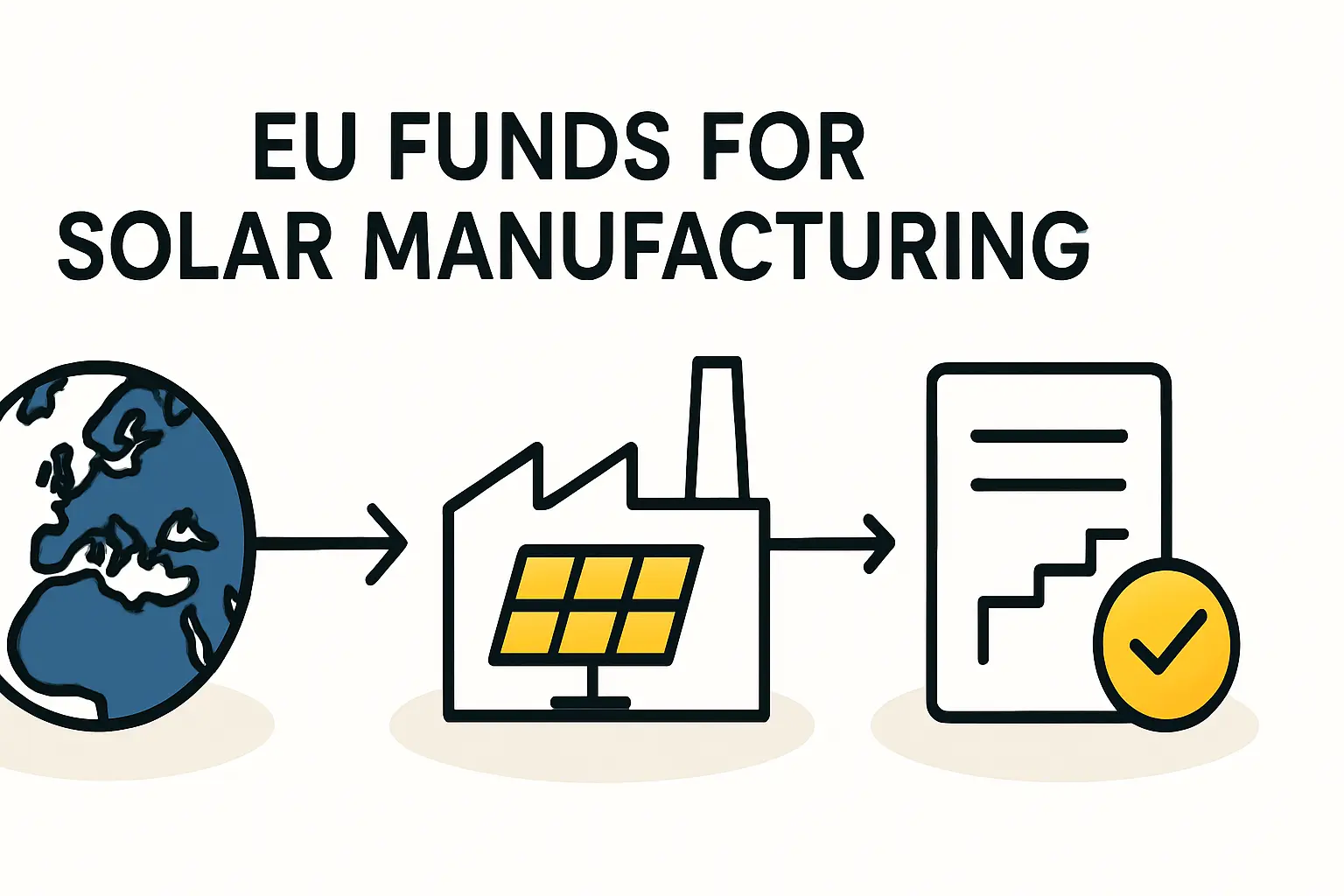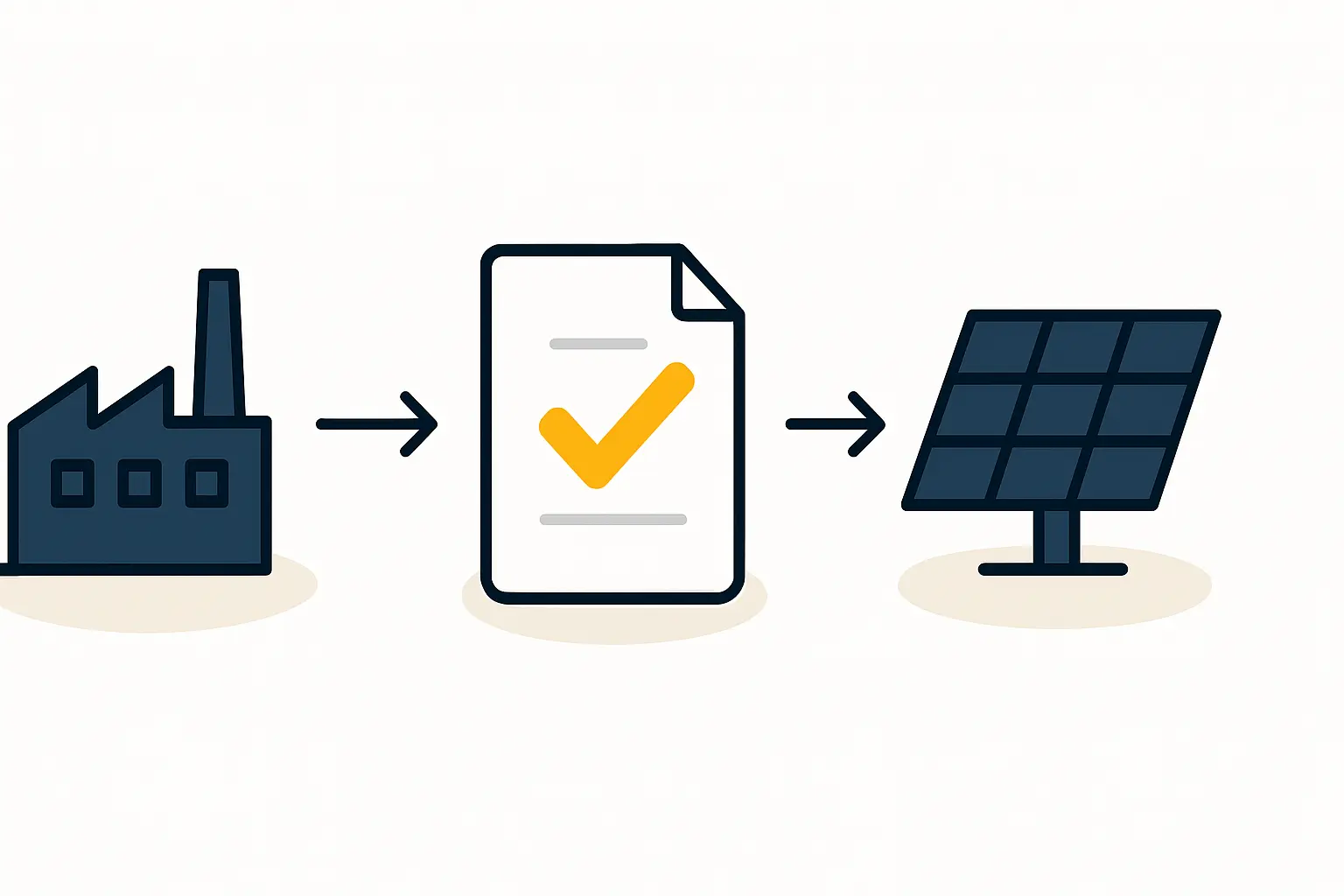Lithuania’s Renewable Energy Production Surges, Reflecting Growth in Lithuania renewable energy
Lithuania has marked a significant milestone in its journey towards energy independence, with renewable energy production increasing by an impressive 16 percent in the third quarter of 2025. This remarkable growth, driven by supportive national policies and significant technological advancements, highlights Lithuania’s unwavering commitment to sustainability and solidifies its role as a key player in the global shift towards clean energy.
According to data from Litgrid, Lithuania’s electricity transmission system operator, this surge meant that for the first time, locally generated electricity covered 70% of the country’s total demand during the July-September period. This achievement is not just a statistic; it’s a powerful statement about the nation’s strategic direction.
Context and Strategic Implications for Lithuania renewable energy
This growth is a core component of Lithuania’s long-term strategy to reduce its reliance on energy imports, a crucial goal given the geopolitical landscape and market volatility. By bolstering domestic renewable sources, the country is enhancing its energy security and aligning with the European Union’s ambitious climate objectives. This progress points towards a more resilient grid, likely supported by improved energy storage solutions that can manage the variability of wind and solar power.
The country’s success is part of a larger, ambitious plan. The recent performance is a major step towards the goal of Lithuania self-generated electricity: Unique 2030 Ambition, which aims for complete energy self-sufficiency.
Ready to make big Profits?
The solar Industry is Booming
WE HELP NEWCOMERS to the solar industry start their own solar module production line. Customers can make BIG PROFITS by selling modules and finding investors, without wasting money and time on things they don't need!
The Role of Technology and Manufacturing in Lithuania renewable energy
Technological progress, particularly in the solar sector, has been a critical enabler of this growth. Continuous improvements in the solar panel manufacturing process have led to more efficient and affordable photovoltaic (PV) modules. A deeper understanding of the basics of solar panel manufacturing and the use of high-quality solar panel raw materials are essential for producing reliable panels that can power a nation.
As countries like Lithuania scale up their renewable capacity, the efficiency of solar panel manufacturing machines and a clear view of the solar panel manufacturing plant cost breakdown become vital for attracting investment and ensuring sustainable growth.
A European Benchmark and Relevance for Germany in Lithuania renewable energy
Lithuania’s progress is notable even within a proactive European context. While renewables provided a record 47.3% of the EU’s electricity in 2024, Lithuania’s 70% domestic coverage in Q3 2025 demonstrates an accelerated pace.
For homeowners and tenants in Germany, this is a compelling story. Germany’s own Energiewende (energy transition) is a cornerstone of its national policy, and Lithuania’s rapid success offers valuable insights. It shows that with focused policy and adoption of the latest technology, even smaller nations can achieve remarkable levels of energy independence. This can serve as an inspiration for German residents considering their own contributions, such as installing rooftop solar panels, to participate in a similar clean energy transformation.
Lithuania’s achievements in the third quarter of 2025 are a clear indicator of a successful energy strategy in action. It serves as a powerful example of how dedication to renewable energy can yield tangible results, enhancing security, sustainability, and economic resilience.
To learn more about the intricacies of bringing solar power to life, from the factory floor to your rooftop, explore our free e-course on solar panel manufacturing.



